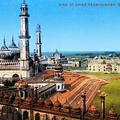Hoseinabad Gateway, Lucknow.
[Original caption] Hooseinabad Gateway. Gateway to the tomb of Muhammad Ali Shah, who erected here his own tomb in 1837. The florid excess of stucco ornamentation is but one sign of the decay of Indian architecture in modern days. [end]
One of the

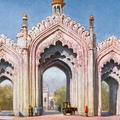
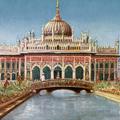
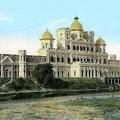
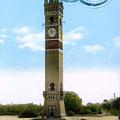
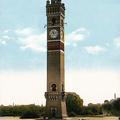
![Rumi Darwaza [Gate] Rumi Darwaza [Gate]](https://www.paperjewels.org/sites/default/files/styles/square_thumbnail/public/slides/rumi-gate_0.jpg?itok=C5qqmJk9)
